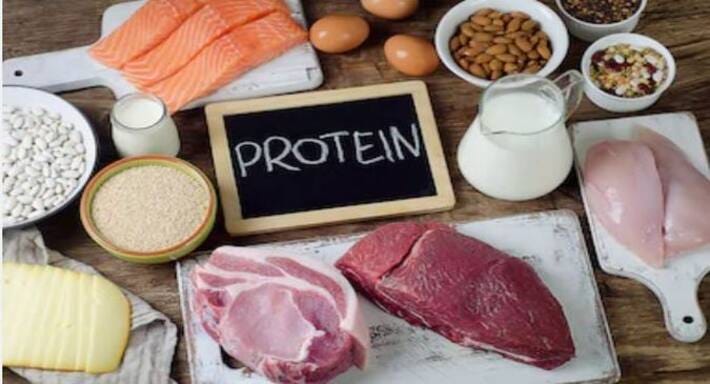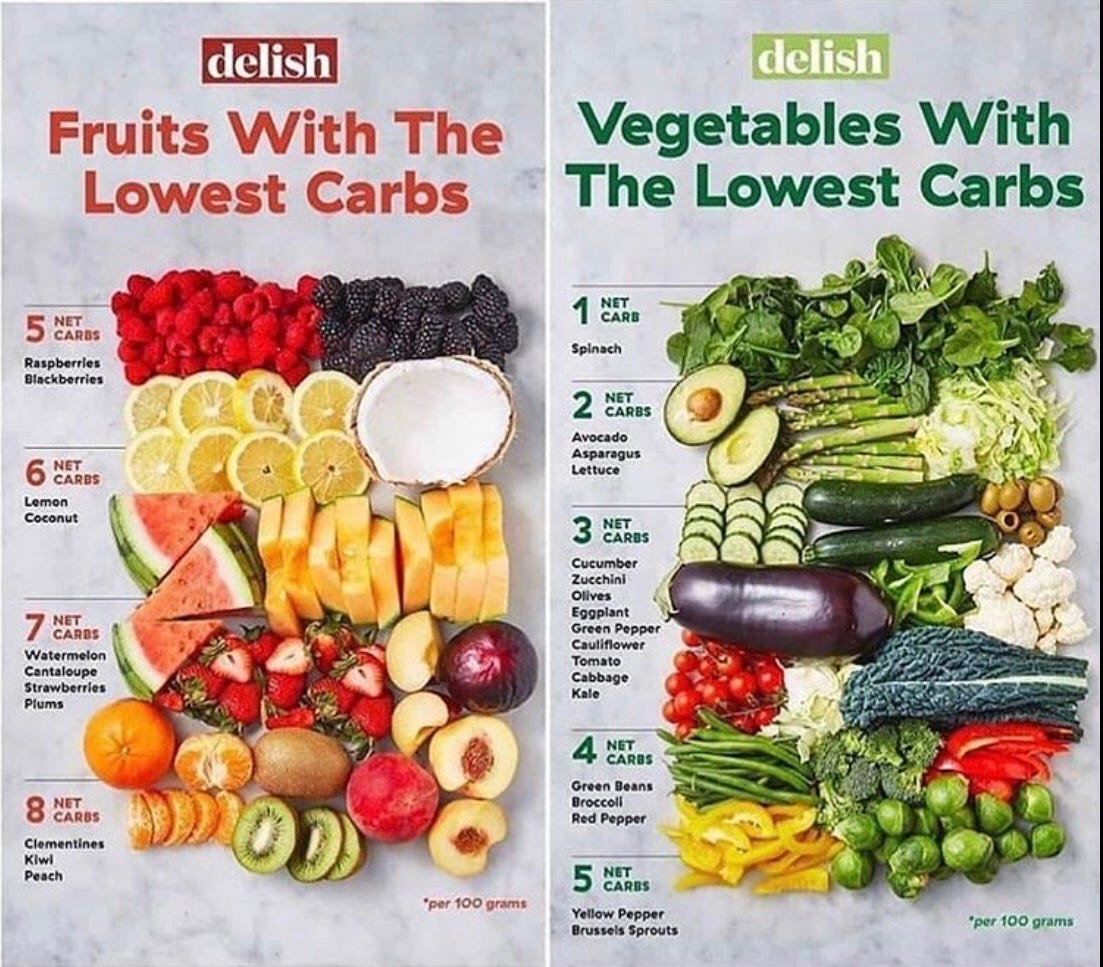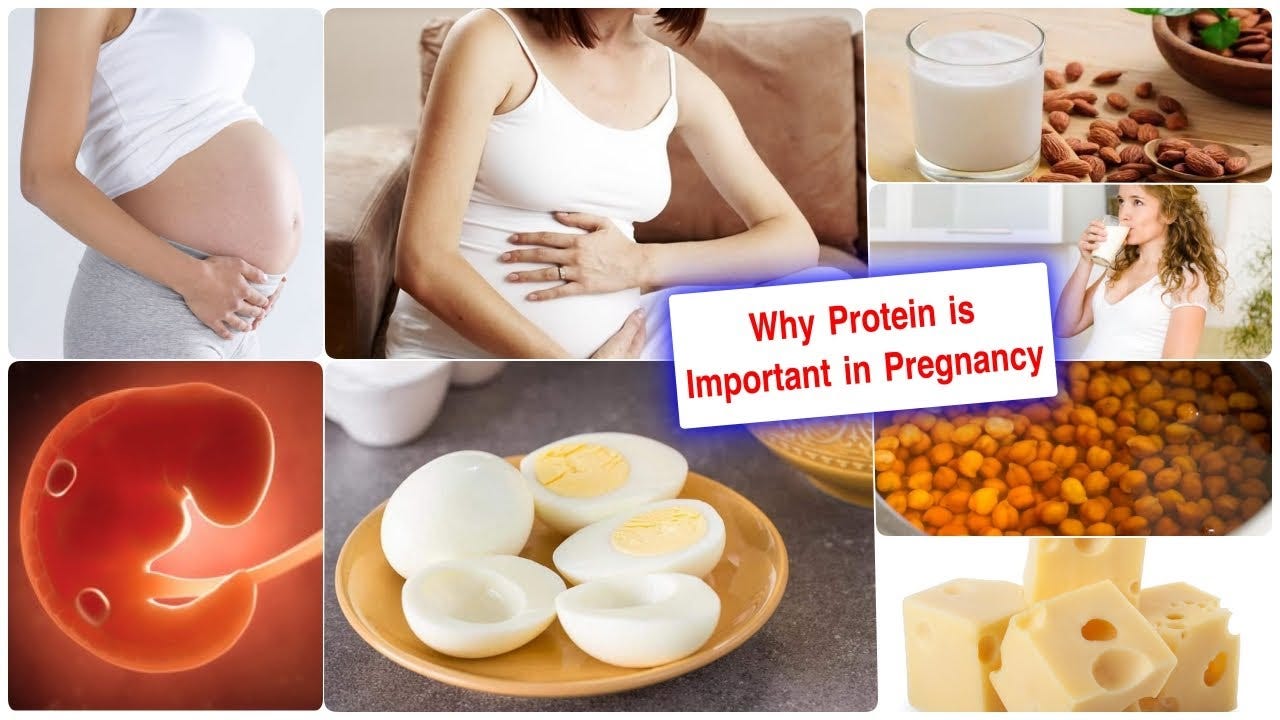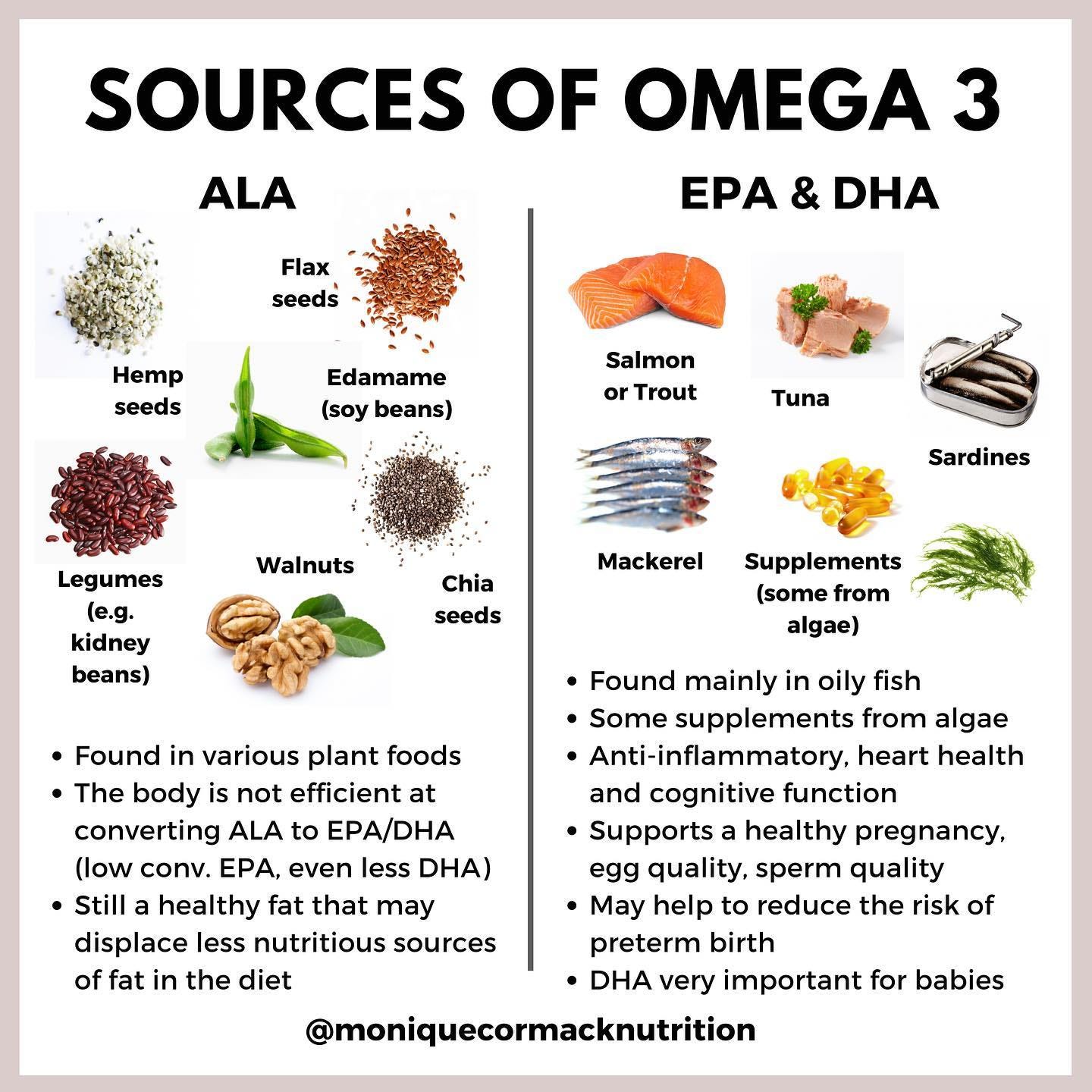
Nutrient requirements during pregnancy are dynamic, and vary depending on several biomarkers of the female. Such markers include: current nutrient status, body size, physical activity levels, stage of pregnancy, and overall health status (Brown, 2014). As such, nutrient recommendations are largely unique to each individual. However, despite the specificity of said nutrient requirements, it is also necessary to determine trends among a population to develop a general starting point, or template, for mothers to begin customizing and refining their nutritional needs. Thus, the following will provide such trends, general recommendations, and sources of nutrients during pregnancy.

Energy requirements during pregnancy rise due to an increase in protein and fat tissue synthesis. Such additional energy demands are necessary to develop fetal, placental, uterine, and breast tissues (Brown, 2014). Furthermore, said tissue growth increases metabolic activity specifically in the mother’s respiratory, renal, and cardiovascular systems. As such, energy requirements can increase as high as an average 300 kcal/day (Brown, 2014). Deviations in caloric intake can increase if the mother is physically active, or decrease, if the mother trends towards sedentary behavior. Although energy requirements are relevant, the sources and distribution of said energy is of equal importance. Thus, the following will explore three macronutrients as energy sources: carbohydrates, proteins, and fats.

Carbohydrate intake generally averages 45-65% of total caloric consumption per day during pregnancy, with a minimum requirement of 175 grams to meet the needs of the fetal brain (Brown, 2014). Preferred food sources include vegetables, fruits, and possibly whole grain products (if devoid of gluten sensitivity or celiac disease). Furthermore, said nutrients are abundant in phytochemicals (plant antioxidants) and fiber. Such energy dense and low calorie foods (especially vegetables) can also help manage weight among females prone to weight gain (Brown, 2014).

Protein is the second macronutrient required during pregnancy, partially for its caloric provisions but predominantly for its ability to build key tissues in the mother and fetus (Brown, 2014). Such tissues include the: fetus, maternal blood and extracellular fluids, uterus, and placenta (Brown, 2014). Daily ingestion is recommended to be approximately 70 grams throughout all stages of pregnancy, and sources can include fish, poultry, nuts, and legumes (Brown, 2014).

Fat ingestion is estimated to account for 33% of total daily calories during pregnancy and is essential for fetal growth and development (Brown, 2014). Essential fatty acids recommend to ingest daily includes linoleic acid and alpha-linoleic acid (ALA) as they serve as structural components of cell membranes within the brain, retina, and other neural tissues (Brown, 2014). Of particular relevance is ALA as modern Western diets contain too little of said fatty acid.
Additionally, ALA is poorly converted into eicosanoids (central to inflammation control and immunity) such as eicosapentaenoic acid (EPA) and docosahexaenoic acid (DHA) (Brown, 2014). Both EPA and DHA are omega-3 fatty acids, which play key roles in controlling inflammation, reducing blood clotting, and serving as major structural components of cell membranes in the central nervous system (Brown, 2014).
Tangible benefits of EPA/DHA consumption can be seen in mothers’ newborns; those who consumed adequate amounts of EPA/DHA tended to deliver newborns with higher levels of intelligence, better vision, and more matured central nervous systems (Brown, 2014). Sources of EPA and DHA can include egg yolks, fatty fish (especially those low in mercury), and supplementation. The daily recommendation, despite source, is at least 300mg of combined EPD/DHA.
In conclusion, all three macronutrients play vital roles in the development and maturation of key tissues including the fetus (central nervous system and placenta), uterus, breasts, and immune system in addition to maintenance of the respiratory, cardiovascular, and renal systems during pregnancy.
References
Brown, J. E. (2014). Nutrition through the life cycle (5th ed.). Stamford, CT: Cengage Learning.
-Michael McIsaac
